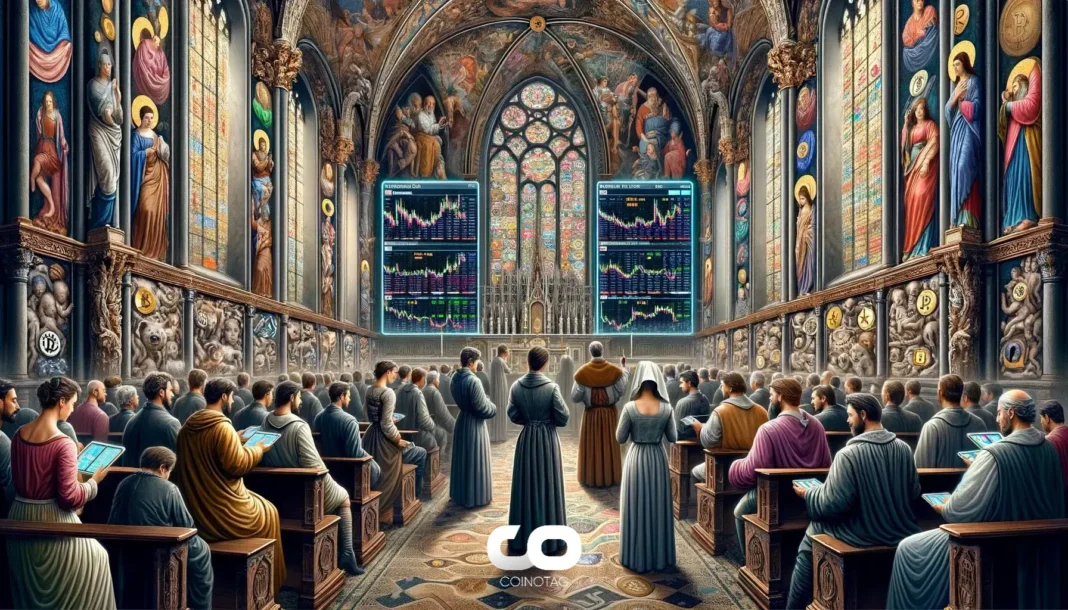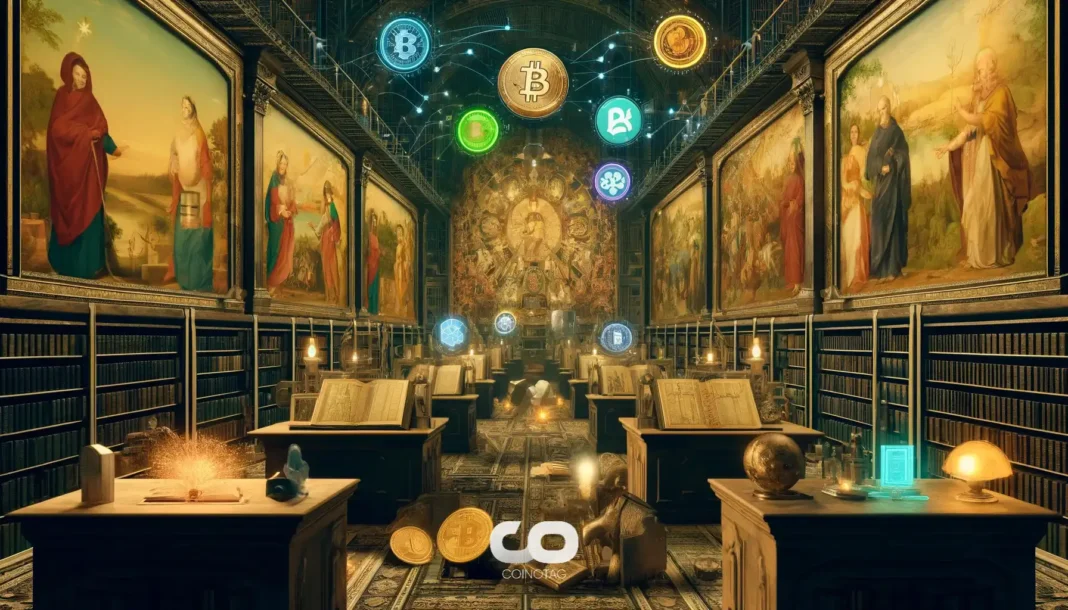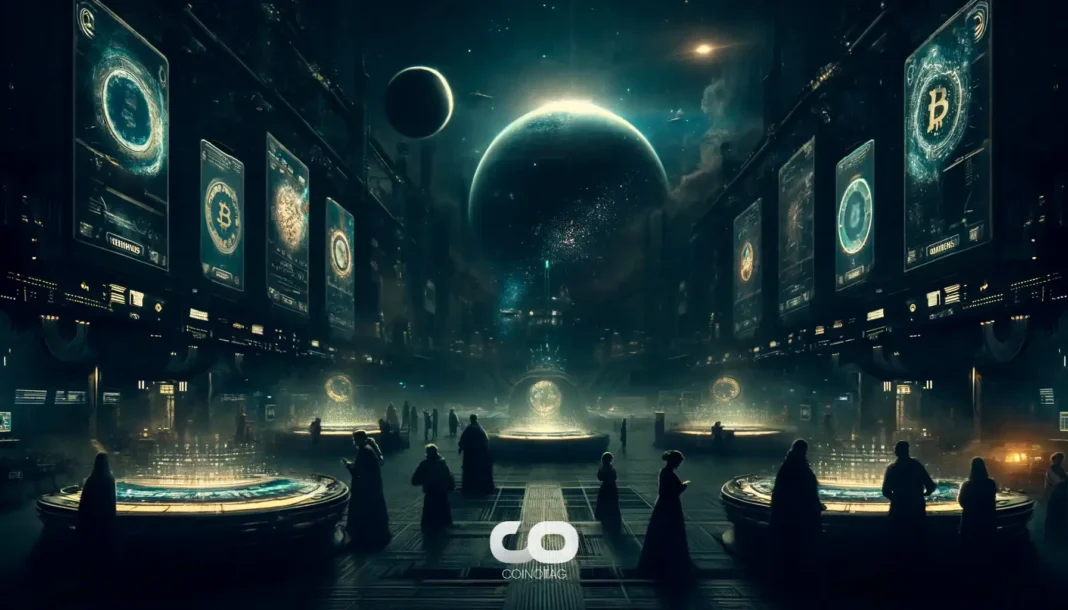| COINOTAG recommends • Exchange signup |
| 💹 Trade with pro tools |
| Fast execution, robust charts, clean risk controls. |
| 👉 Open account → |
| COINOTAG recommends • Exchange signup |
| 🚀 Smooth orders, clear control |
| Advanced order types and market depth in one view. |
| 👉 Create account → |
| COINOTAG recommends • Exchange signup |
| 📈 Clarity in volatile markets |
| Plan entries & exits, manage positions with discipline. |
| 👉 Sign up → |
| COINOTAG recommends • Exchange signup |
| ⚡ Speed, depth, reliability |
| Execute confidently when timing matters. |
| 👉 Open account → |
| COINOTAG recommends • Exchange signup |
| 🧭 A focused workflow for traders |
| Alerts, watchlists, and a repeatable process. |
| 👉 Get started → |
| COINOTAG recommends • Exchange signup |
| ✅ Data‑driven decisions |
| Focus on process—not noise. |
| 👉 Sign up → |
-
Elon Musk reignited his quest for Mars colonization during a recent presentation, emphasizing its significance for humanity’s survival.
-
After his departure from the Department of Government Efficiency, Musk’s renewed focus on interplanetary travel underscores his vision of making humans a multiplanetary species.
-
“Progress is measured by the timeline to establishing a self-sustaining civilization on Mars,” Musk stated, highlighting the ambitious nature of the endeavor.
Explore Musk’s ambitious Mars colonization plans and their implications for humanity’s future in this in-depth analysis of SpaceX’s interplanetary transport system.
Elon Musk’s Mars Vision: A New Era for Humanity
Elon Musk’s latest proposal marks a significant step forward in the ambition to establish human life on Mars. During a recent event at Starbase, Texas, Musk laid out a detailed plan for creating a self-sustaining city on the Red Planet. His vision, though not bound by an exact timeline, predicts human habitation on Mars within just two decades. As he indicated, “Each launch—especially in the early days of Starship—is about learning what’s needed to make life multiplanetary.” This statement encapsulates the driving force behind SpaceX’s future endeavors.
Key Innovations Supporting Mars Colonization
SpaceX’s ambitions rely heavily on groundbreaking advancements in technology. Central to this plan is the Starship, a spacecraft designed for efficiency and capability. With uncrewed missions launching as early as 2026, Musk projected that one million tons of cargo would be necessary for establishing a Mars colony, emphasizing the need for thousands of successful launches. “We’re now at the point where we can produce a ship roughly every two or three weeks,” he explained, signifying a steady ramp-up in production that is crucial for ambitious timelines.
Technical Aspects of the Mars Mission
Integral to the mission’s success is the innovative Raptor 3 engine, specifically engineered for high efficiency. Musk specified its capabilities, highlighting thrust metrics that showcase the engine’s performance potential. The plan also envisions utilizing reusable heat shields and orbital refueling systems to maximize payload capacities. “Think of it like aerial refueling for planes—but in orbit,” Musk clarified, underlining the technical challenges that await but also the feasibility of such operations.
| COINOTAG recommends • Professional traders group |
| 💎 Join a professional trading community |
| Work with senior traders, research‑backed setups, and risk‑first frameworks. |
| 👉 Join the group → |
| COINOTAG recommends • Professional traders group |
| 📊 Transparent performance, real process |
| Spot strategies with documented months of triple‑digit runs during strong trends; futures plans use defined R:R and sizing. |
| 👉 Get access → |
| COINOTAG recommends • Professional traders group |
| 🧭 Research → Plan → Execute |
| Daily levels, watchlists, and post‑trade reviews to build consistency. |
| 👉 Join now → |
| COINOTAG recommends • Professional traders group |
| 🛡️ Risk comes first |
| Sizing methods, invalidation rules, and R‑multiples baked into every plan. |
| 👉 Start today → |
| COINOTAG recommends • Professional traders group |
| 🧠 Learn the “why” behind each trade |
| Live breakdowns, playbooks, and framework‑first education. |
| 👉 Join the group → |
| COINOTAG recommends • Professional traders group |
| 🚀 Insider • APEX • INNER CIRCLE |
| Choose the depth you need—tools, coaching, and member rooms. |
| 👉 Explore tiers → |
Building a Sustainable Future on Mars
As Musk detailed the roadmap for Mars colonization, he pointed out that the first human missions are slated for 2027, with the Arcadia Planitia region identified as a potential settlement site. With aspirations of transporting significant infrastructure to support daily life, SpaceX’s long-term strategy intends to create multiple launch facilities while also ensuring robust communication through Starlink satellites.
Humanity’s Safety Net: Two Planets for Resilience
Musk posits that achieving a self-sustaining civilization on Mars serves as a crucial back-up for humanity. “At that point,” he mentioned, “we’ve achieved civilizational resilience where Mars can potentially come to the rescue of Earth if something goes wrong.” This approach underlines the dual importance of both Earth and Mars as pillars for human existence.
| COINOTAG recommends • Exchange signup |
| 📈 Clear interface, precise orders |
| Sharp entries & exits with actionable alerts. |
| 👉 Create free account → |
| COINOTAG recommends • Exchange signup |
| 🧠 Smarter tools. Better decisions. |
| Depth analytics and risk features in one view. |
| 👉 Sign up → |
| COINOTAG recommends • Exchange signup |
| 🎯 Take control of entries & exits |
| Set alerts, define stops, execute consistently. |
| 👉 Open account → |
| COINOTAG recommends • Exchange signup |
| 🛠️ From idea to execution |
| Turn setups into plans with practical order types. |
| 👉 Join now → |
| COINOTAG recommends • Exchange signup |
| 📋 Trade your plan |
| Watchlists and routing that support focus. |
| 👉 Get started → |
| COINOTAG recommends • Exchange signup |
| 📊 Precision without the noise |
| Data‑first workflows for active traders. |
| 👉 Sign up → |
Conclusion
The colonization of Mars is not merely a scientific endeavor; it represents a reimagining of humanity’s future. Musk’s ambitious vision, laden with challenges and possibilities, aims to transform science fiction into reality. The journey to Mars offers not just a new frontier for exploration but potentially a safeguard for our civilization. With this vision, the aspiration is not only to survive but to thrive among the stars.

| COINOTAG recommends • Traders club |
| ⚡ Futures with discipline |
| Defined R:R, pre‑set invalidation, execution checklists. |
| 👉 Join the club → |
| COINOTAG recommends • Traders club |
| 🎯 Spot strategies that compound |
| Momentum & accumulation frameworks managed with clear risk. |
| 👉 Get access → |
| COINOTAG recommends • Traders club |
| 🏛️ APEX tier for serious traders |
| Deep dives, analyst Q&A, and accountability sprints. |
| 👉 Explore APEX → |
| COINOTAG recommends • Traders club |
| 📈 Real‑time market structure |
| Key levels, liquidity zones, and actionable context. |
| 👉 Join now → |
| COINOTAG recommends • Traders club |
| 🔔 Smart alerts, not noise |
| Context‑rich notifications tied to plans and risk—never hype. |
| 👉 Get access → |
| COINOTAG recommends • Traders club |
| 🤝 Peer review & coaching |
| Hands‑on feedback that sharpens execution and risk control. |
| 👉 Join the club → |
| COINOTAG recommends • Members‑only research |
| 📌 Curated setups, clearly explained |
| Entry, invalidation, targets, and R:R defined before execution. |
| 👉 Get access → |
| COINOTAG recommends • Members‑only research |
| 🧠 Data‑led decision making |
| Technical + flow + context synthesized into actionable plans. |
| 👉 Join now → |
| COINOTAG recommends • Members‑only research |
| 🧱 Consistency over hype |
| Repeatable rules, realistic expectations, and a calmer mindset. |
| 👉 Get access → |
| COINOTAG recommends • Members‑only research |
| 🕒 Patience is an edge |
| Wait for confirmation and manage risk with checklists. |
| 👉 Join now → |
| COINOTAG recommends • Members‑only research |
| 💼 Professional mentorship |
| Guidance from seasoned traders and structured feedback loops. |
| 👉 Get access → |
| COINOTAG recommends • Members‑only research |
| 🧮 Track • Review • Improve |
| Documented PnL tracking and post‑mortems to accelerate learning. |
| 👉 Join now → |







